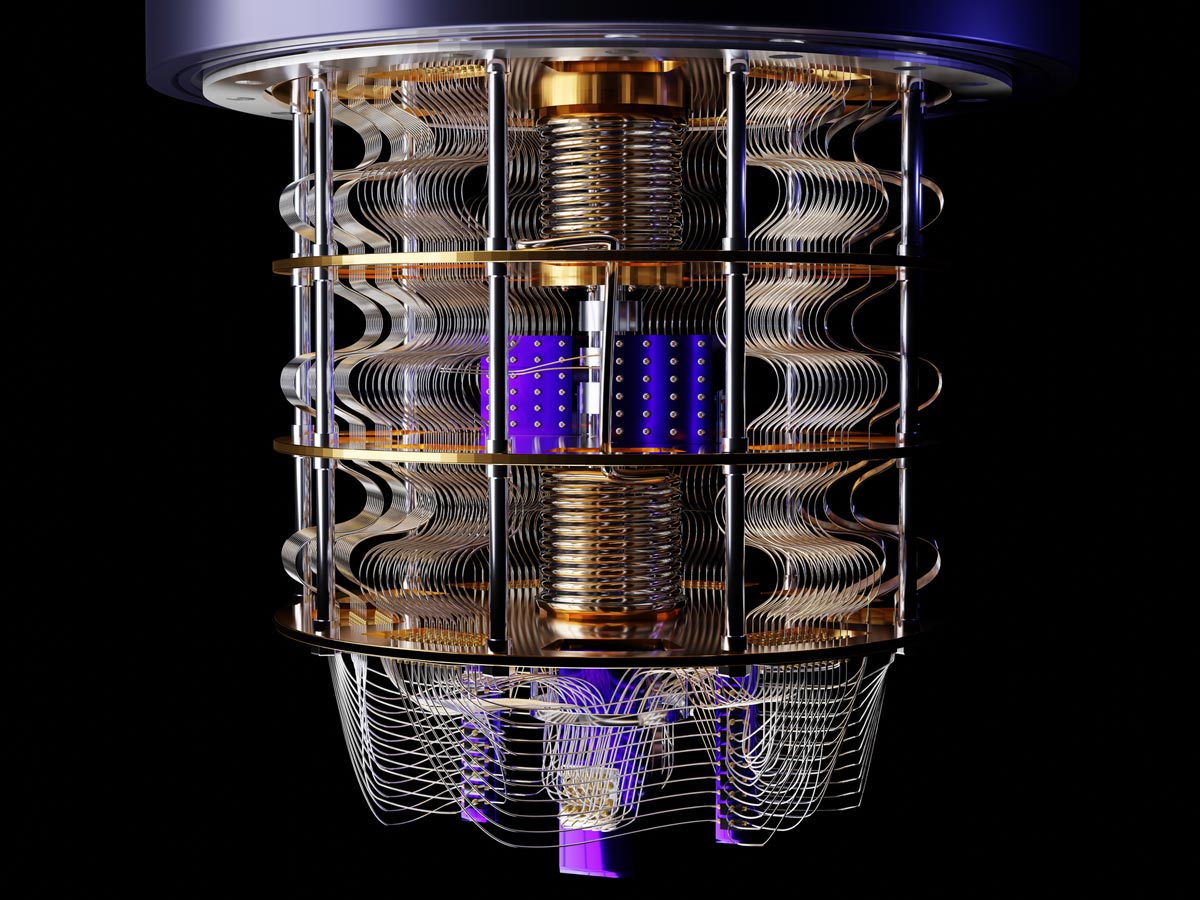How to program a better tomorrow: Harnessing disruptive technologies
Innovation Issue 38: Summer 2023
Building a software bridge for our quantum future
360 Degrees
Building a software bridge for our quantum future

The encryption codes that can protect computer data and software from quantum computing-based cybersecurity threats already exist, says computer science professor Andriy Miranskyy. However, integrating these quantum-safe encryption codes with the code running on “classical” computers, such as your current laptop, desktop or smartphone, requires the careful building of a software bridge.
That’s the challenge being undertaken by professor Miranskyy along with post-doctoral fellow Lei Zhang and a team from IBM, led by IBM’s Chief Technology Officer for Data Security and TMU adjunct professor Walid Rjaibi. Together, they successfully developed a methodology of integrating quantum-safe encryption into classical computing software. They validated this methodology by integrating a prototype of the encryption software into IBM’s Db2 database management system, increasing cybersecurity.
Ensuring quantum safety as part of present-day cybersecurity infrastructure is a necessary step to protect data in the future, says professor Miranskyy. While quantum computers are not presently advanced enough to be a useful tool for breaking commonly used encryption schemes for classical computer data, those days are coming. There is a possibility that bad actors could harvest encrypted information today and decrypt it later, once quantum computers are up to the task. “The sooner you replace your encryption scheme, the sooner you will be able to counter it,” said professor Miranskyy. “There are certain things that have to stay encrypted for many, many decades,” he added, such as confidential government files or personal information. Upgrading to quantum-safe encryption now will help protect this information.
Professor Miranskyy likens the software development process for the prototype to trying to retrofit an old car engine with modified parts that have slightly different ports and shapes from the originals. “It’s not plug-and-play,” he said. To create this software-based bridge, the team from Toronto Metropolitan University had to first design it, which professor Miranskyy called “updating the blueprints,” and then manually complete the coding. The results will help prepare for a quantum computing future.
There are certain things that have to stay encrypted for many, many decades.

Learn more about this TMU-IBM project (external link, opens in new window) . Other team members included Greg Stager, security architect for Db2, Michael Gray, architect for GSKit, and John Peck, architect for Java security, all from IBM.
Read about preparing for a quantum computing future in IEEE Software (external link, opens in new window) and how it is similar to the software upgrades that were needed to avoid the Y2K bug leading up to the year 2000. Find out about the experience of making Db2 quantum-safe in Information and Software Technology (external link, opens in new window) .
This project was supported by the IBM Centre for Advanced Studies (Project #1121).